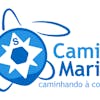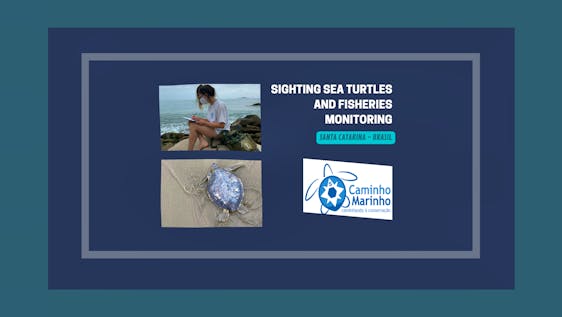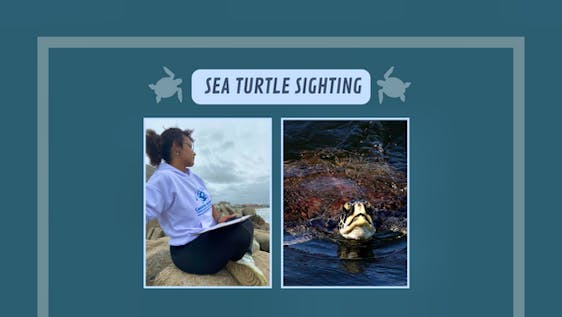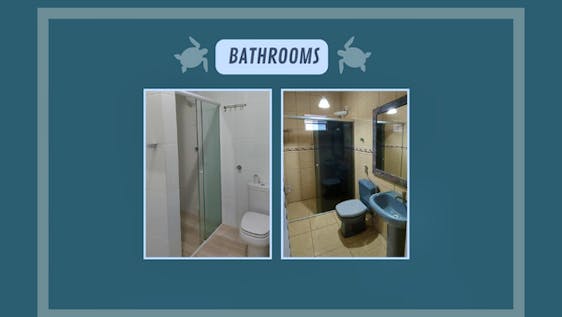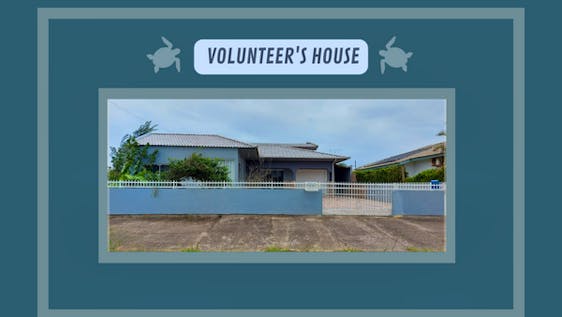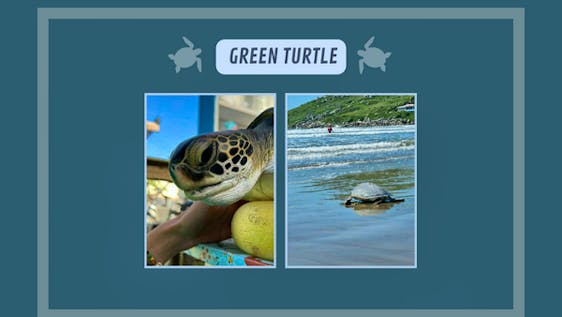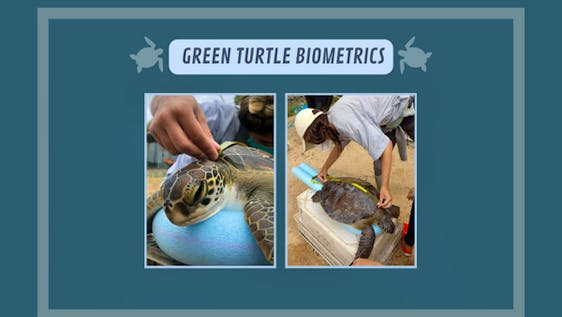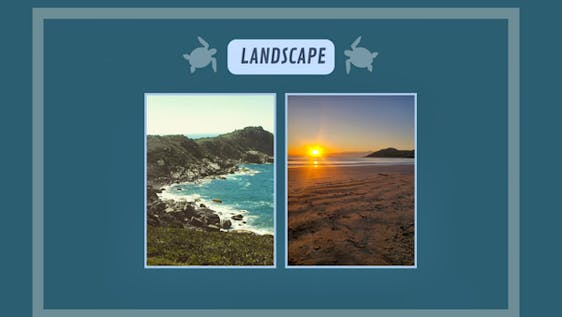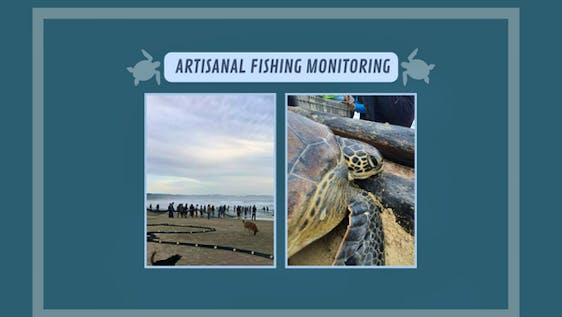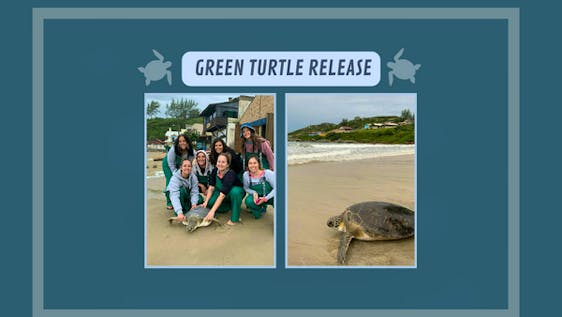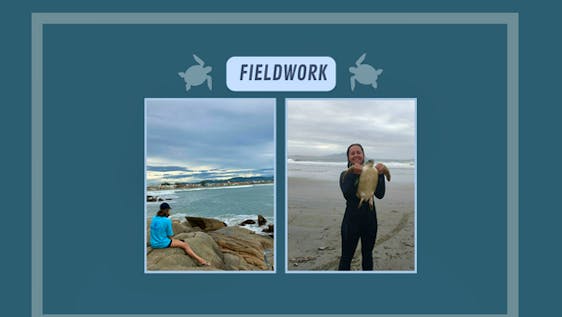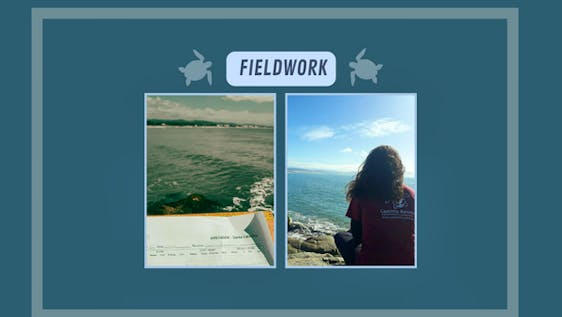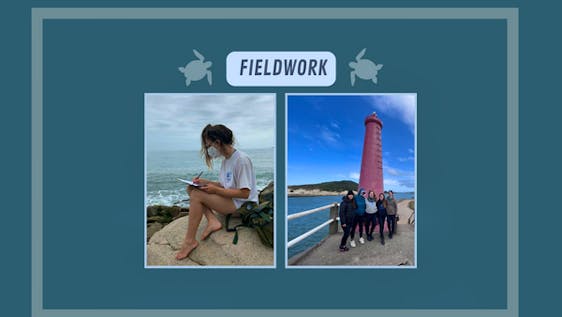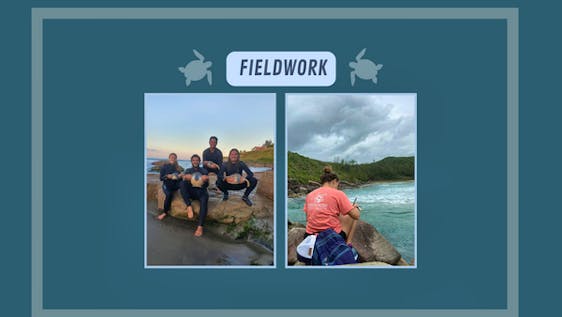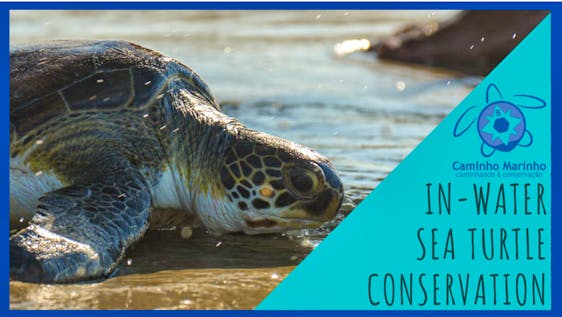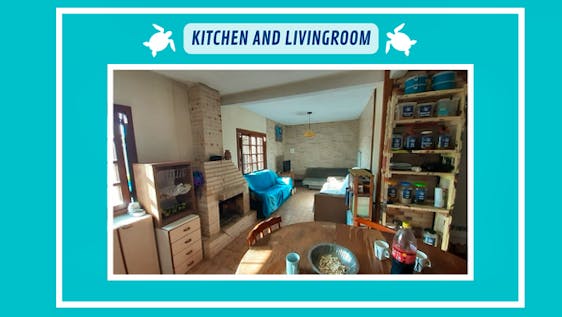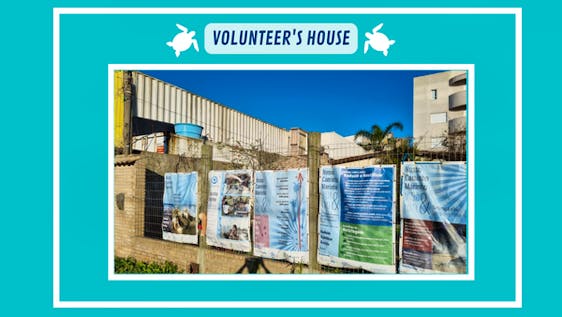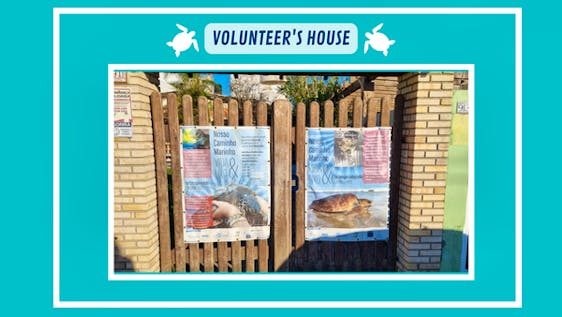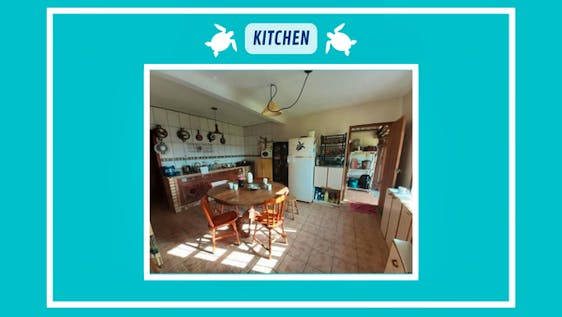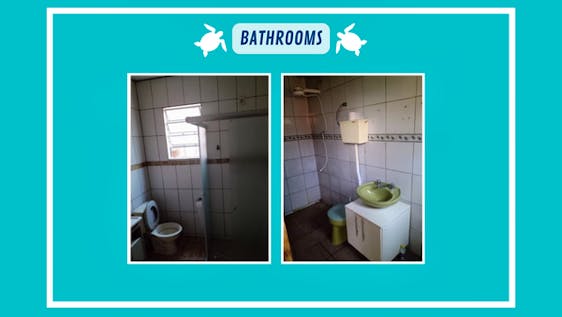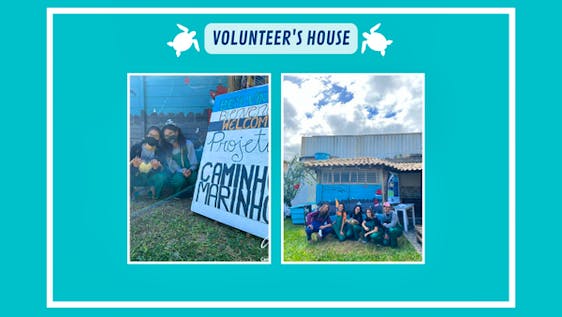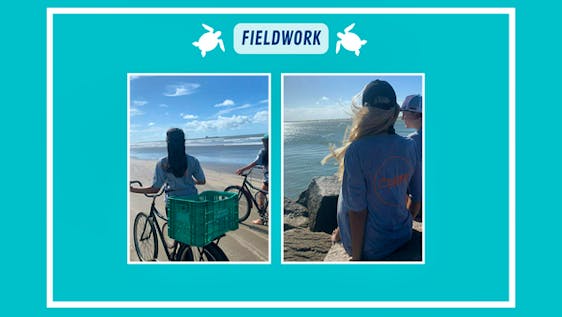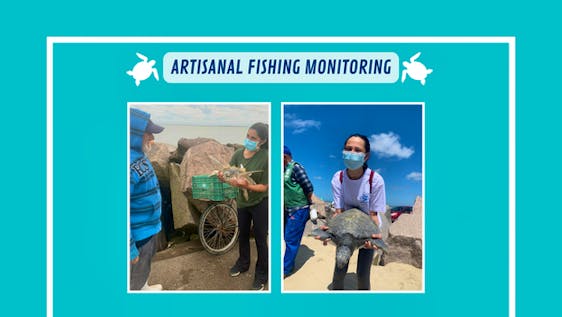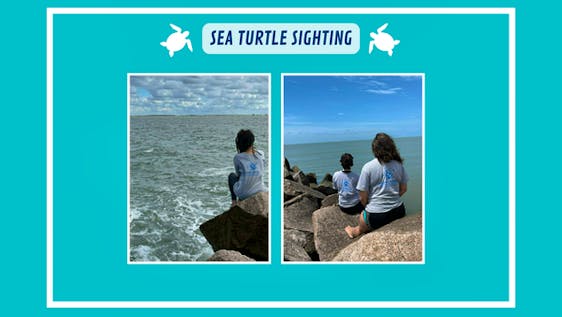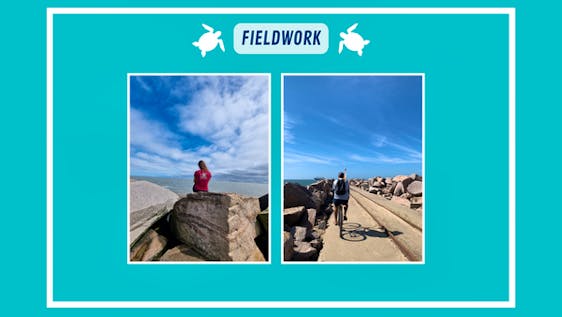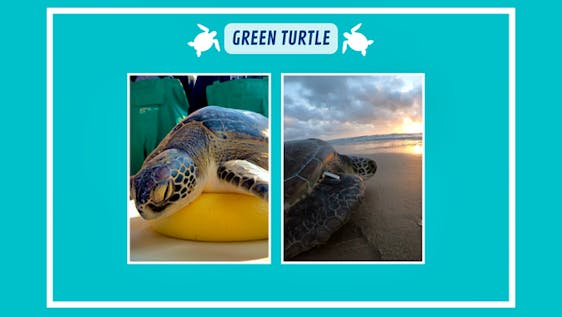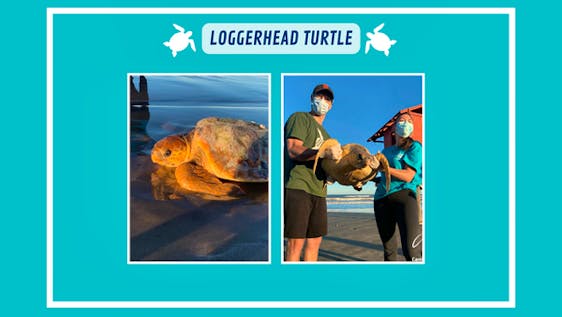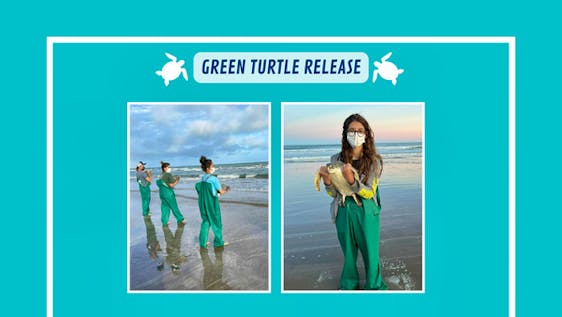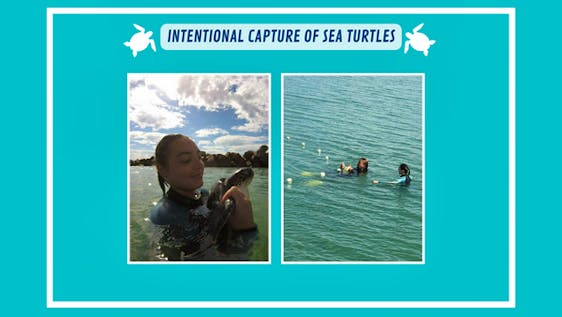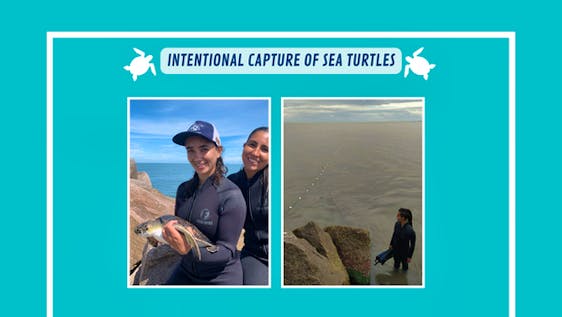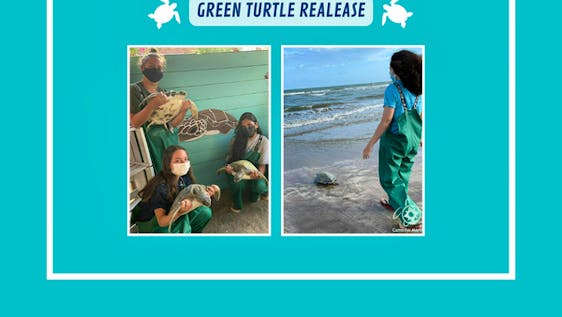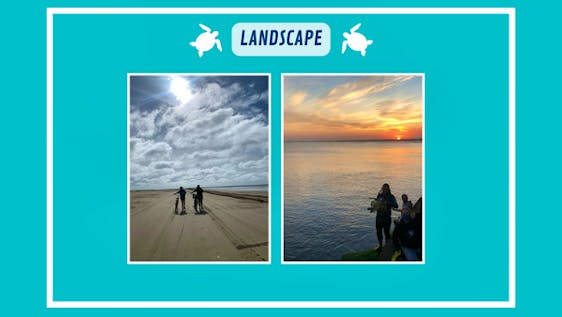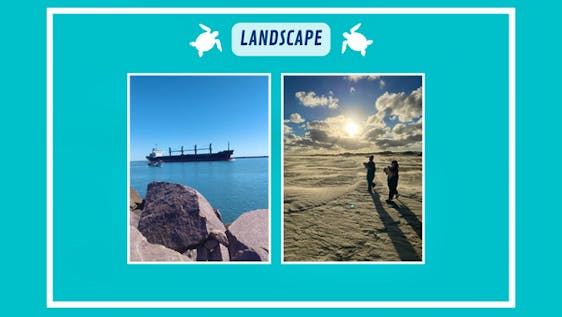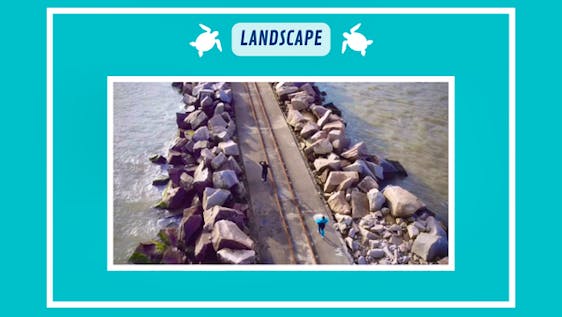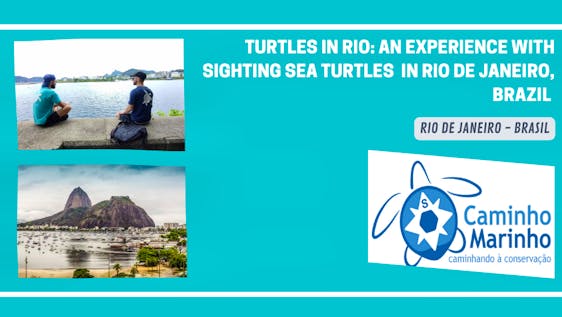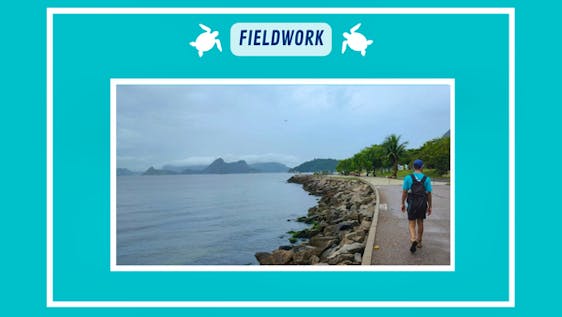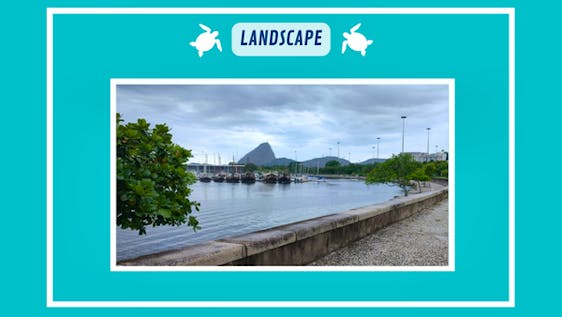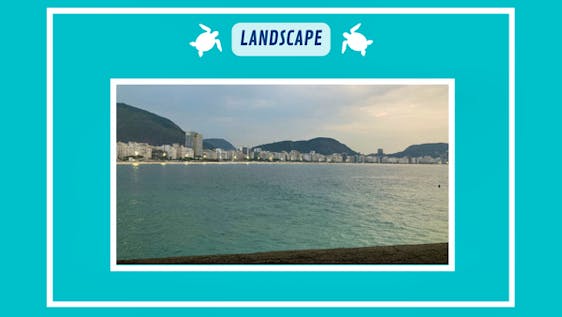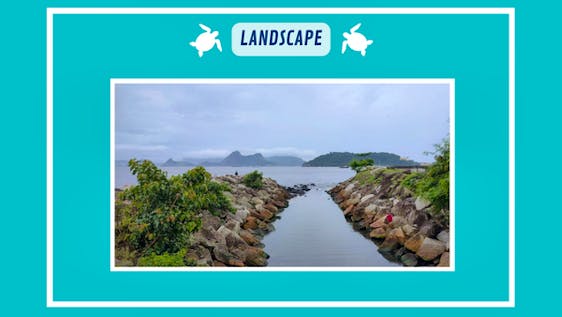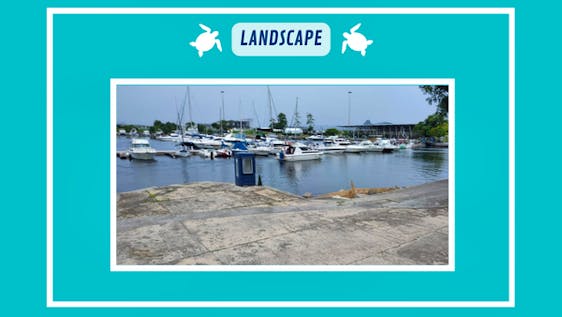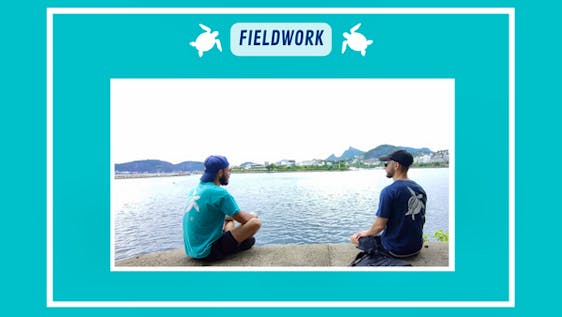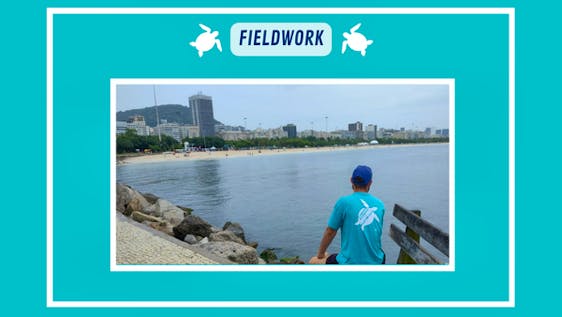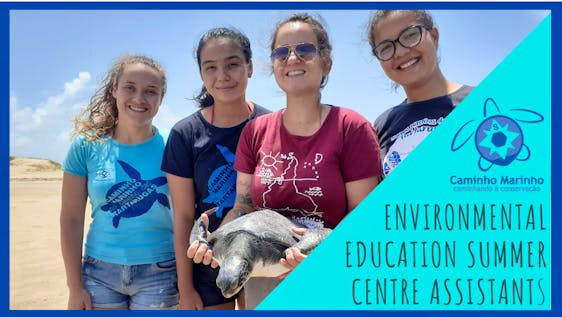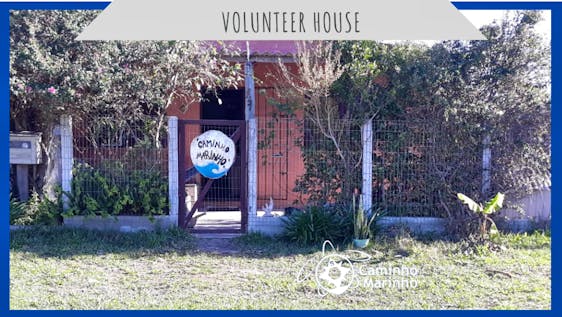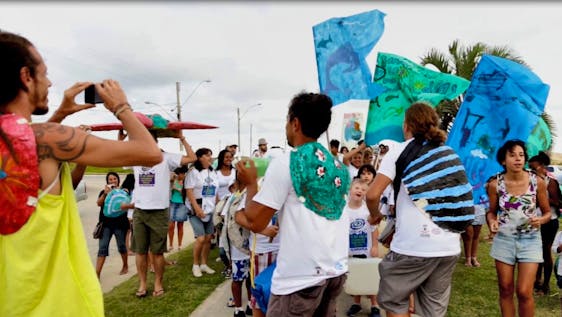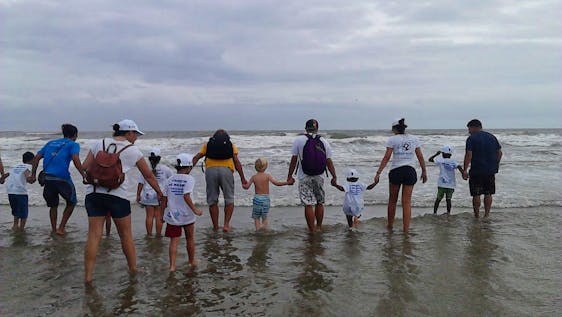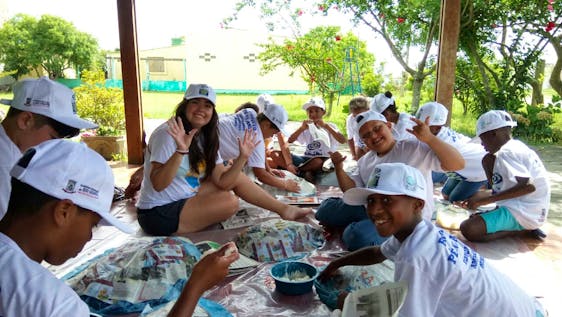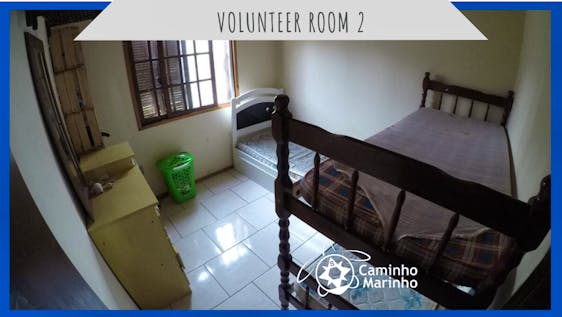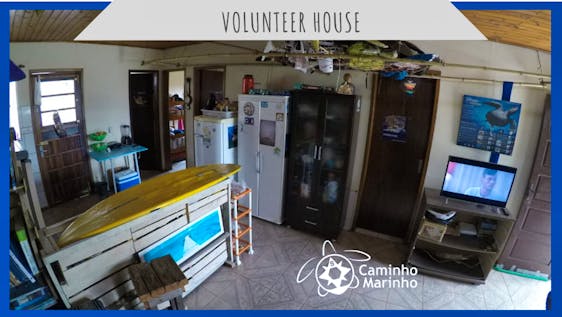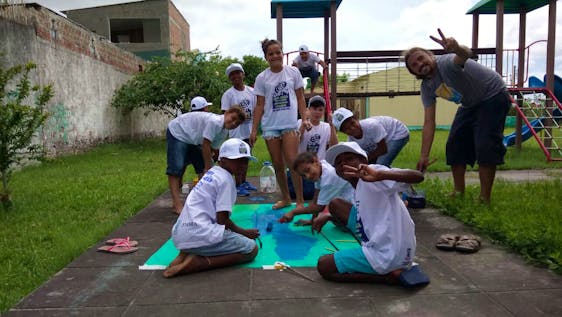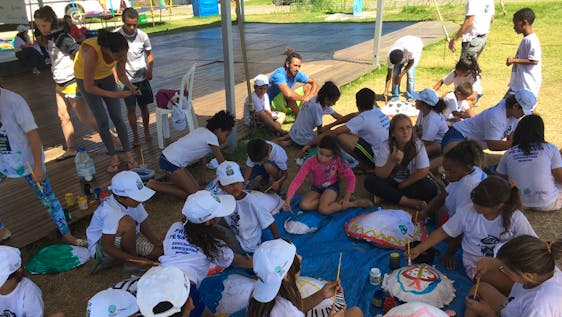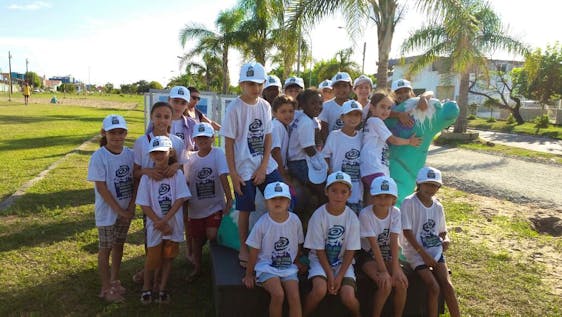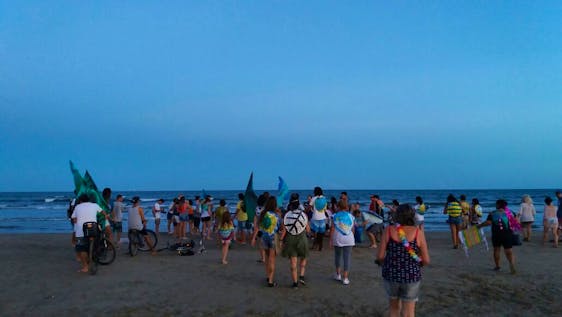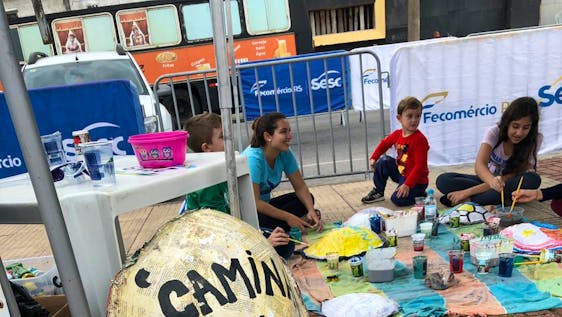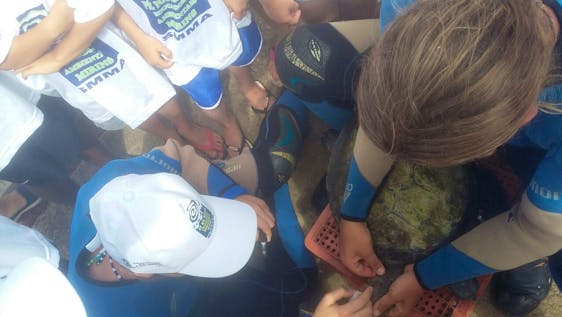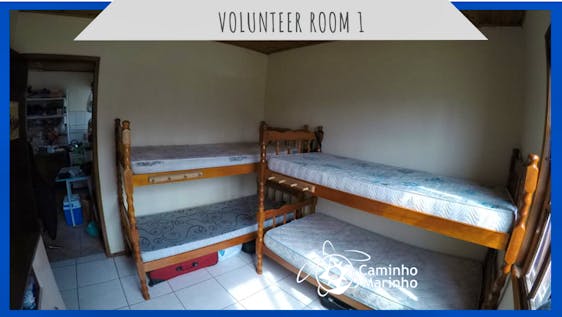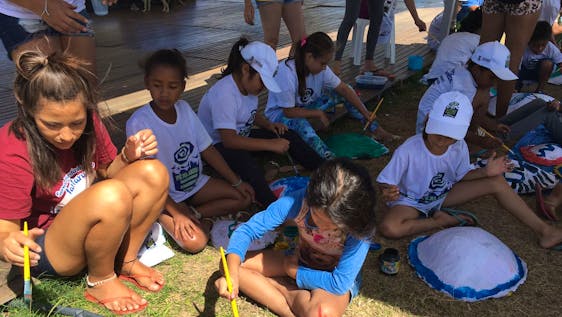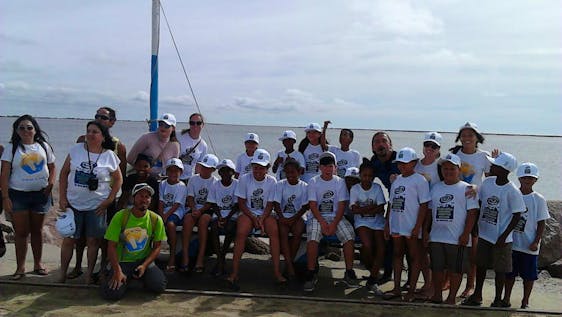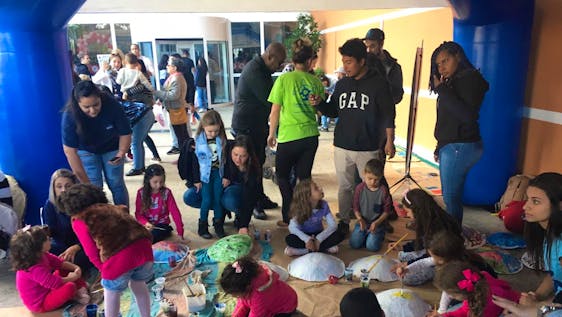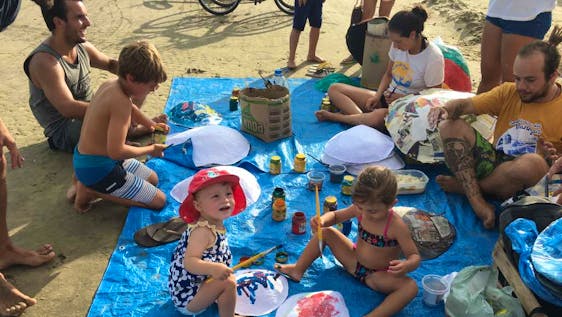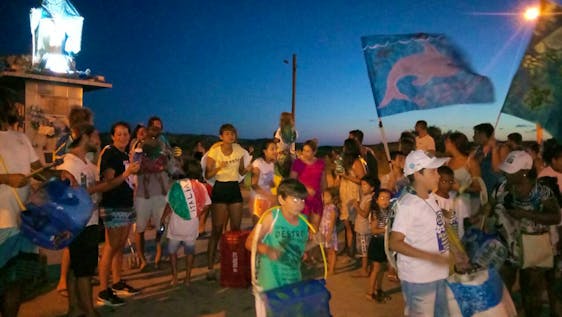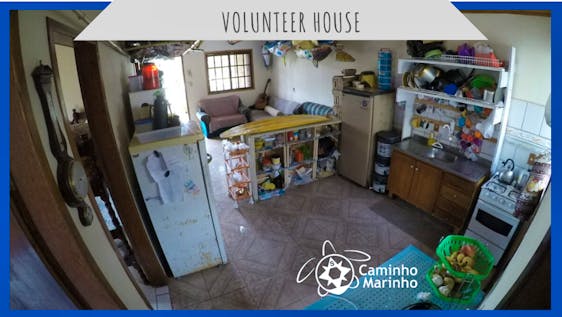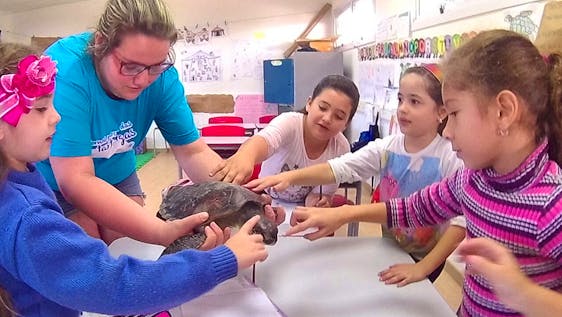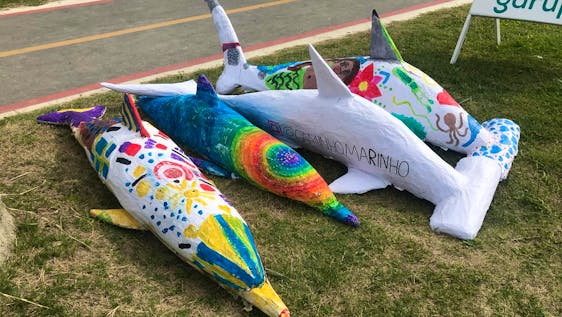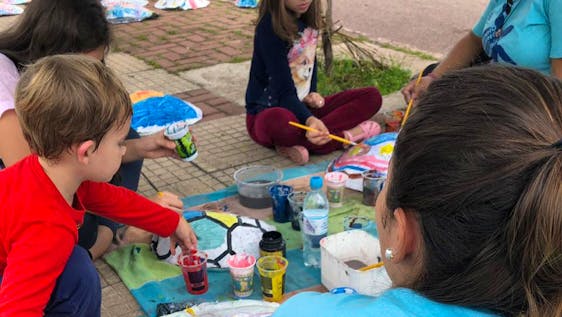Caminho Marinho is a marine conservation nonprofit in Brazil
focused on protecting sea turtles “in water” and preserving their feeding areas
through hands-on conservation programs in 3 different brazilian beaches. Join
us, help the sea turtles´ research and travel across brazilian south coast
following the sea turtles!
Caminho Marinho team has been sharing our passion for sea
turtles and artisanal fisheries culture with volunteers from around the world
for over 12 years. The Volunteering Caminho Marinho opportunities are a
unique opportunity to learn about the sea turtles, travel across Brazil and to
help protect and conserve thie coastal and marine environment.
Since 2010, Caminho Marinho is an initiative that develops
research, teaching and extension in important feeding areas for sea turtles in
Brazil, places where sea turtles can stay for 20 to 50 years.
Our mission is to promote the conservation of sea turtles
under an ecosystem approach, that is, to seek the individual health of sea
turtles in coastal environments, valuing the ecological sustainability of the
areas, recognizing the need for economic viability, but always promoting social
justice.
Our main objective is to assess the abundance of sea turtles
in feeding and development areas and the individual health of these animals,
accompanied by students and volunteers in training, and sharing the main
results with the local and general community. Each site with its scenic beauty,
community involvement and problems in which sea turtles suffer from human
actions.
The role of the volunteer is fundamental for the
uninterrupted proposition of activities to monitor the abundance and density of
sea turtles and their potential interaction with artisanal fishing communities,
working mainly in the sighting of sea turtles from fixed historically monitored
points.
The volunteer participates in environmental education
activities organized in our carnival block rhythm of the sea, which proposes
musical and artistic education activities with discarded materials to promote a
carnival block that shares the proposals and ideals of environmental
conservation. Therefore, different workshops are proposed weekly, such as for
the production of costumes, painting of costumes, production of musical
instruments, musical performance, in addition to visits to important
conservation areas. The block has its peak moment in the carnival parade during
this important Brazilian holiday.
Become a Caminho Marinho volunteer and participate in the
training promoted through lectures by the main researchers who lead the current
research of our institute, and guests from important partner institutions in
Brazil and worldwide.
More than an accommodation, Base do Caminho Marinho seeks to
be, in practice, the environment is the harmonious system with activities
shared among all, always seeking ecologically sustainable, economically viable
and socially fair strategies, developing the main practices that are friendly
to the environment.
